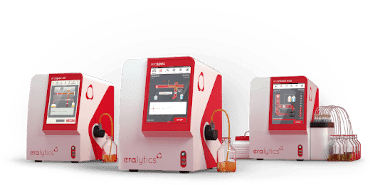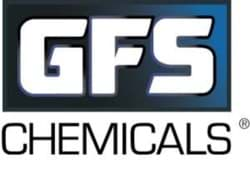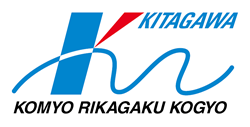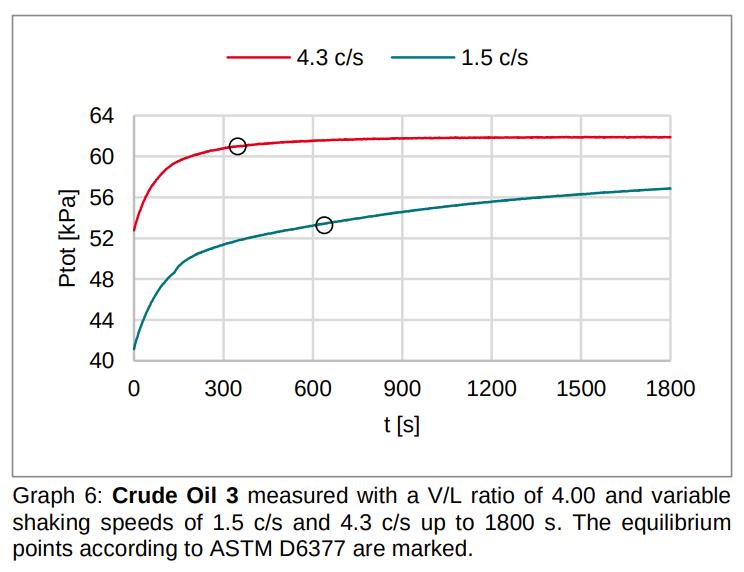eralytics all-new ERALAB OCM
Cost savings and improved operational efficiency: Unplanned downtime due to machine breakdowns can affect production schedules and profitability. Oil condition monitoring helps predict and prevent such breakdowns, reducing unplanned maintenance and the associated costs. Regular in-service oil analysis enables a predictive maintenance approach where repairs or replacements are scheduled during planned downtime, minimizing operational disruption and maximizing overall efficiency. By maintaining optimal oil condition, companies can significantly extend the life and performance of their machines.
With the ERALAB OCM, eralytics offers a range of new, versatile, and combinable products to meet the above-mentioned challenges for a comprehensive oil analysis in the laboratory as well as on-site.
The RDE-OES spectrometer ERAOIL, the kinematic viscometer ERAVISC X, the particle counter ERACOUNT XS and the FTIR spectrometer ERASPEC OIL mark the beginning of the next era of oil condition monitoring.
The key to modern oil-analysis is our RDE-OES spectrometer ERAOIL measuring contaminations, and additives in lubricating oils inside engines, transmissions, hydraulic systems, and gears boxes. Its unique design includes a built-in PC, touchscreen, sharpening device, and ventilation system. The ERAOIL RDE-OES spectrometer measures up to 32 elements in 30 seconds with sub-ppm LOD.
With the portable FTIR spectrometer ERASPEC OIL, detailed lubricant and diesel fuel analyses are carried out fully automatically in seconds. It is the analyzer of choice for monitoring degradation, additive depletion, and contaminations. In addition to direct trending and spectral subtraction analysis according to ASTM, DIN and JOAP methods, ERASPEC OIL allows for the fast and simple determination of TAN and TBN.
The compact and most robust kinematic viscometer ERAVISC X with its revolutionary capillary viscosity cell is a real game changer for high-precision kinematic viscosity testing at any temperature between 15 °C and 100 °C. Latest Peltier Technology allows for automated, high precision viscosity index measurement within 60 seconds. The unique design of the ERAVISC X additionally includes eralytics’ x-oscillating metal U-tube density meter module that allows for simultaneous ASTM D4052 density testing with 5-digit precision.
Our latest analyzer for oil condition monitoring, the world smallest ISO 4406 particle counter ERACOUNT XS is the analyzer of choice for fastest particle measurements with laboratory precision directly in the field. At the push of a button, the laser-based analyzer measures and displays the ISO 4406 particle size channels ≥ 4 µm(c), ≥ 6 µm(c) and ≥ 14 µm(c) – all within 60 seconds using only 10 mL of sample. If connected to one of eralytics’ other OCM analyzers the ERACOUNT XS even offers detailed counting and scaling of all eight ISO 4406 particle size channels. The instrument is calibrated according to the international standard ISO 11171 and traceable to NIST standards.




























